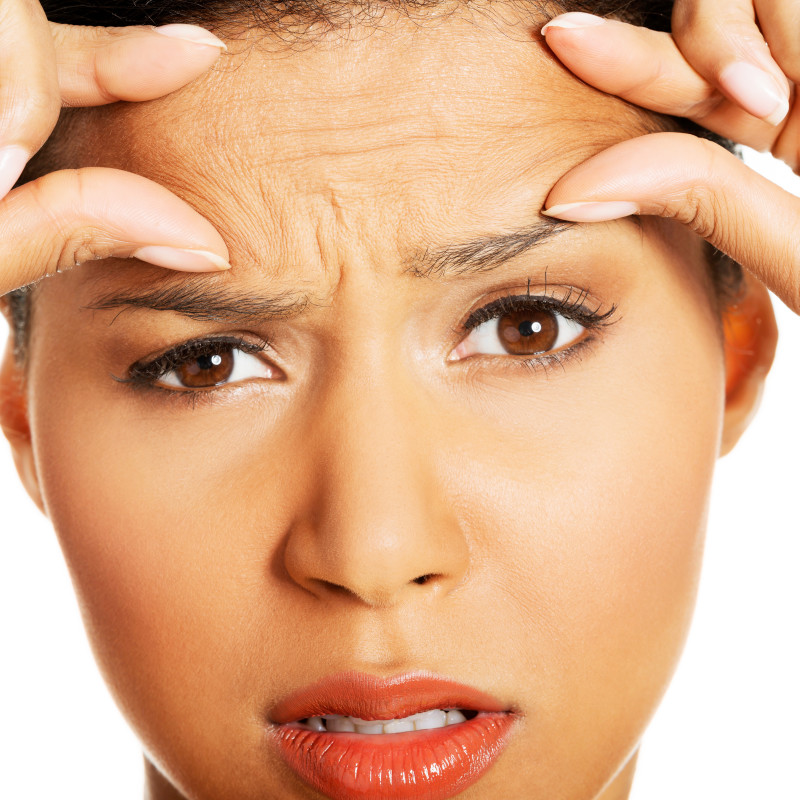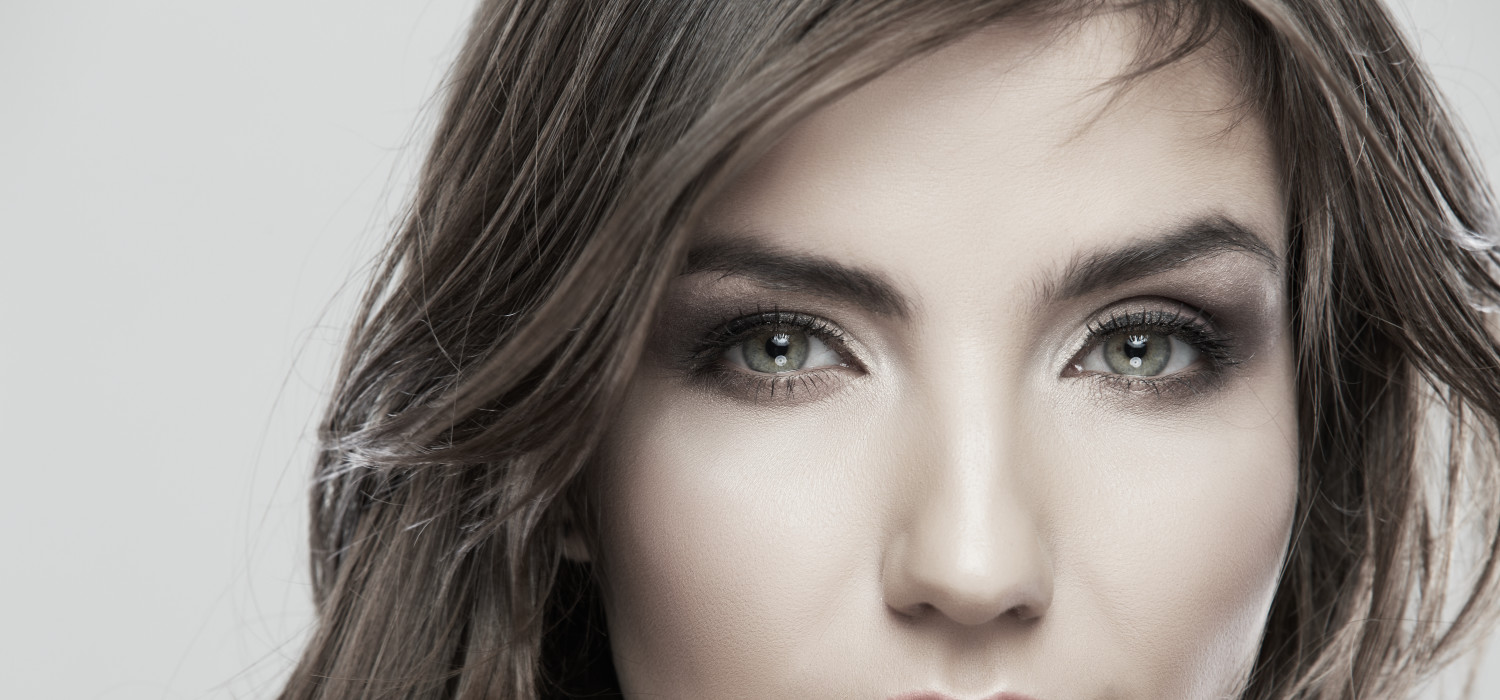 It’s inevitable that over time the muscles in the face grow weak, unable to support the elasticity and smoothness of more youthful skin. Thus, as we age, we notice wrinkles form. We see the brow become lower and heavier over the eyes. As a result, brow lifts have become one of the most commonly performed, safest cosmetic operations used to reverse some of these signs of aging.
It’s inevitable that over time the muscles in the face grow weak, unable to support the elasticity and smoothness of more youthful skin. Thus, as we age, we notice wrinkles form. We see the brow become lower and heavier over the eyes. As a result, brow lifts have become one of the most commonly performed, safest cosmetic operations used to reverse some of these signs of aging.
Often, forehead lifts are performed in conjunction with facelifts. You want to achieve an overall look of smoothness and cohesion, so when people remove wrinkles in the forehead and elevate the brow, other treatments are performed to achieve similar effects on other parts of the face—such as around the nose and mouth.

|
Brow Lift
Procedure Information
|
|
What Is A Brow Lift?
A brow lift is the manipulation of skin, muscle and tissue performed to smooth out lines and wrinkles on the forehead, but more importantly, to elevate the brow.There are two types of brow lifts:
Endoscopic brow lifts are performed through small incisions made along the scalp. A scope is inserted, and a secondary tool is used to identify problem areas. Small anchors are then inserted to relocate and hold into place the manipulated tissue.The advantage of an endoscopic brow lift is that it uses smaller, non-continuous incisions.
Classic brow lifts are performed using one, continuous incision along the hairline, and the skin is tightened and lifted to remove wrinkles and elevate the brow.

Considerations Before and During A Brow Lift
You’ll receive full details about the preparation, procedure and recovery process during your consultation, but here are some general considerations that should be taken:
- Prepare your home for your return after your brow lift. Plenty of ice and cold compresses; the ointment we recommend for the incisions; pillows for elevation; and any prescriptions, already filled should be assembled.
- Stop smoking and drinking alcohol for at least three weeks prior to your operation. You’ll need to continue cessation following your operation to promote optimal healing.
- Arrange for transportation from your surgery center. We will discuss the anesthesia process, but you will be unable to drive immediately after a forehead lift.
How Do I Recover From A Brow Lift?
With both types of brow lifts, you will have sutures—or staples—that will need to be removed approximately a week following your procedure. Swelling and bruising can be expected, and it may affect areas of the face other than the forehead and brow, such as the cheeks and eyes. Classic lifts are likely to generate more pain, but Dr. Chariker will prescribe management medications. Keep your head elevated for a few days, and use plenty of ice. You may experience slight numbness, tingling or temporary loss of sensation, but these should subside quickly.While negative side effects are rare, you may experience some scarring, loss of sensation, restricted movement of the brow and infection during healing. If you experience excessive bleeding or elevated body temperature, consult Dr. Chariker immediately.